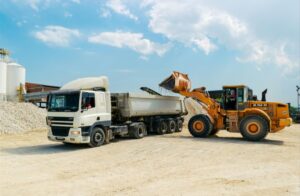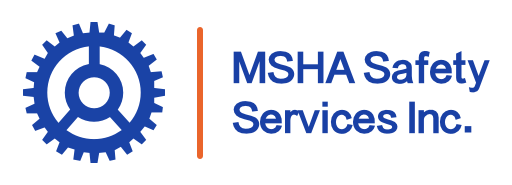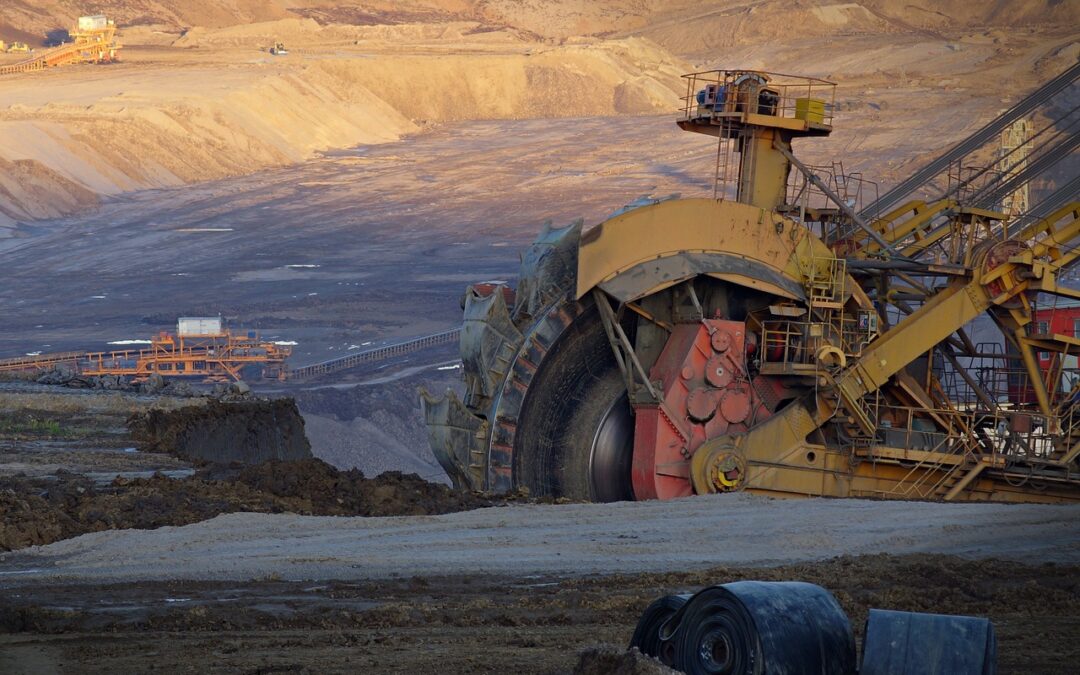Underground mining plays a critical role in extracting essential minerals and resources from beneath the Earth’s surface. This article will explore common practices in underground mining and provide a comprehensive overview of the various types of equipment used in the industry. These operations require specialized techniques and equipment to ensure that safety, efficiency, and productivity are maintained throughout the mining process.
Diverse Methods of Underground Mining
Room and Pillar Mining
One of the oldest methods of underground mining, room and pillar mining involves mining out “rooms” of ore while leaving behind “pillars” to support the roof of the mine. It is commonly used for flat, tabular deposits like coal seams. The process provides a safer working environment by maintaining the structural integrity of the mine.
Longwall Mining
Longwall mining is a highly efficient method that involves using a cutting machine to shear coal or ore from the wall of a mine. This process allows for more automated operations and higher productivity, making it popular in coal mining industries.
Cut and Fill Mining
Used in irregular or steep ore bodies, cut and fill mining involves mining in horizontal slices, filling the space with waste material, and then repeating the process. This technique is favored for its flexibility and adaptability to varied geological conditions.
Sublevel Stopping
In sublevel stopping, multiple levels or “sublevels” are mined at once, with ore being drilled and blasted before being extracted. It is typically used for massive or steeply inclined ore bodies.
Shrinkage Stopping
Shrinkage stopping is a vertical mining method where ore is broken and left in the stope to provide a working platform for subsequent mining operations. It’s particularly effective in strong ore bodies where vertical extraction is possible.
Vertical Crater Retreat (VCR)
VCR mining utilizes drilling and blasting techniques to extract ore in large vertical sections. It allows for the efficient and controlled extraction of ore while minimizing the risk of ground failure.
Block Caving
Block caving is a bulk underground mining method that involves undermining an ore body, allowing it to collapse under its own weight. This method is highly productive for large, low-grade ore deposits.
Decline and Shaft Mining
These two types of access methods allow miners to reach underground ore bodies. Decline mining uses an inclined tunnel (decline) to access minerals, while shaft mining uses vertical shafts to lower workers and equipment into deep mines.
Common Practices in Underground Mining
Site Preparation and Development
Before any mining operation begins, site preparation is essential. This includes constructing access points like shafts or declines, reinforcing ground structures, and setting up necessary infrastructure for the operation.
Ventilation
Proper ventilation is vital in underground mining to ensure a constant supply of fresh air, remove harmful gasses, and regulate temperature. Fans, ducts, and ventilation shafts work together to maintain a safe environment for miners.
Ground Control
Ground control is the practice of ensuring that the surrounding rock remains stable during the mining process. Techniques like rock bolting, shotcrete application, and cable bolting are used to stabilize the ground and prevent cave-ins.
Backfilling
Backfilling involves returning waste materials to mined-out areas. This practice improves safety, reduces environmental impacts, and can help stabilize the structure of the mine after valuable minerals have been extracted.
Water Management
Underground mining often encounters groundwater, and efficient water management is necessary to prevent flooding, contamination, and other environmental issues. Pumps, drainage systems, and water treatment processes are crucial components of this practice.
What Equipment is Used in Underground Mining?
Drilling Equipment
- Rigs and Drills: These are used to bore holes into the earth to extract minerals or to set explosives for blasting. The type of drill depends on the mining method and material being mined.
Blasting Equipment
- Explosives and Detonators: Blasting is a fundamental part of underground mining, and various types of explosives and detonators are used to break up rock formations, allowing access to minerals.
Excavation Equipment
- Loaders and Excavators: Loaders and excavators are essential for scooping up broken rock and ore, transferring them to transport vehicles or conveyor belts for further processing.
Transportation Equipment
- Conveyor Belts, Dump Trucks, and Mine Cars: Once ore is excavated, it needs to be transported to the surface or processing facilities. Conveyor belts and mine cars streamline the transportation of mined materials, while dump trucks are used for larger loads.
Support Equipment
- Rock Bolters and Shotcrete Machines: Rock bolters insert bolts into mine walls and ceilings to stabilize the area. Shotcrete machines spray a layer of concrete onto surfaces to provide additional support.

Safety Equipment
- PPE (Personal Protective Equipment): Miners use specialized PPE, including hard hats, gloves, and steel-toed boots, to ensure their safety.
- Gas Monitors: These devices detect hazardous gasses like methane and carbon monoxide, alerting miners to potential dangers.
Communication Systems
- Radios and Tracking Systems: Reliable communication is key in underground mining. Radios allow miners to stay in contact with surface teams, while tracking systems ensure everyone’s location is known in case of an emergency.
Key Takeaways in Underground Mining Practices and Equipment
Underground mining is a complex, yet vital, process that requires a range of specialized techniques and equipment. Each method of mining and type of machinery is crucial for ensuring safety, increasing efficiency, and maximizing resource extraction. Whether it’s the sophisticated systems for ventilation or the advanced tools for excavation, underground mining remains a cornerstone of modern industry.

